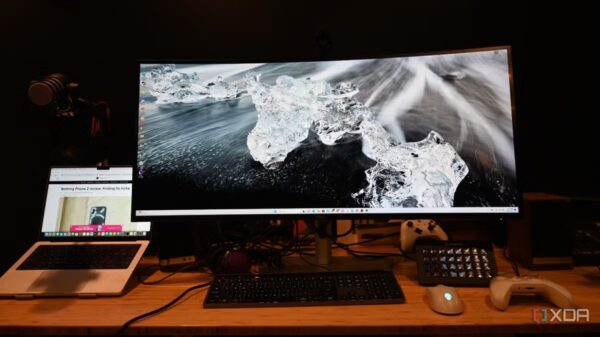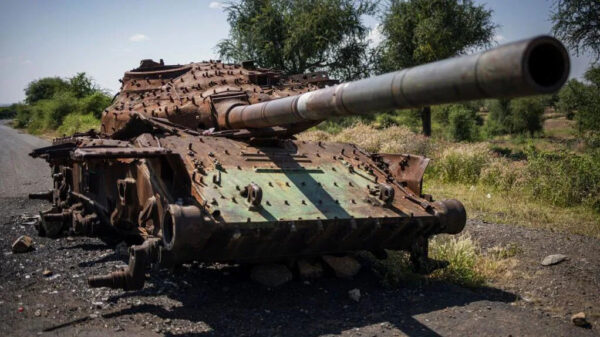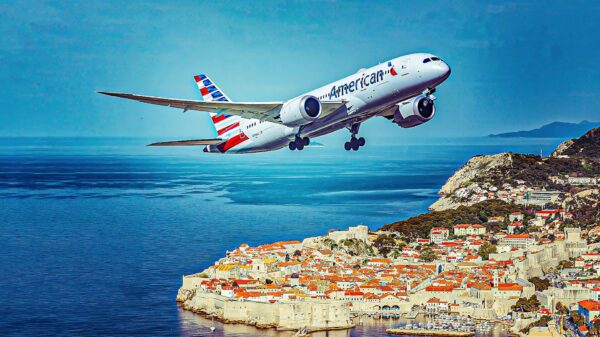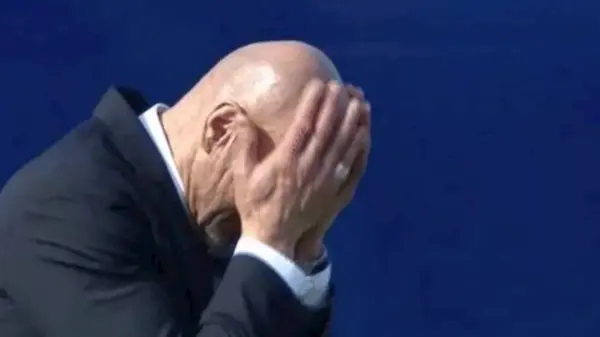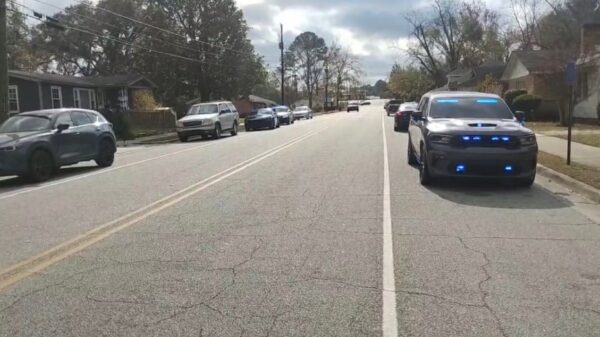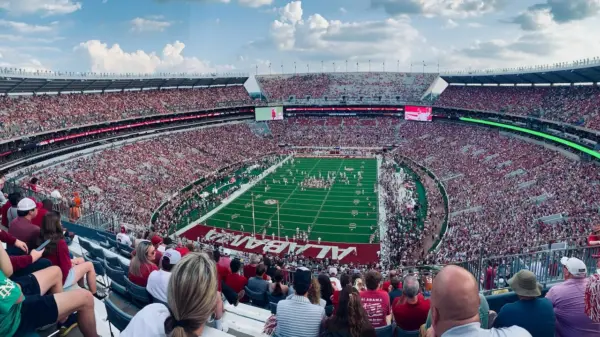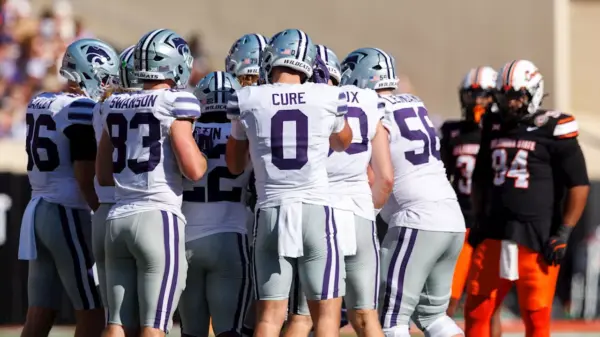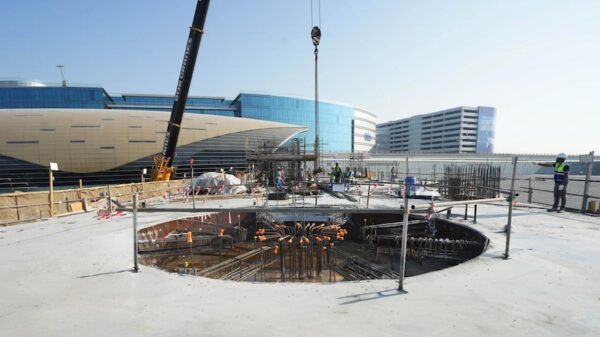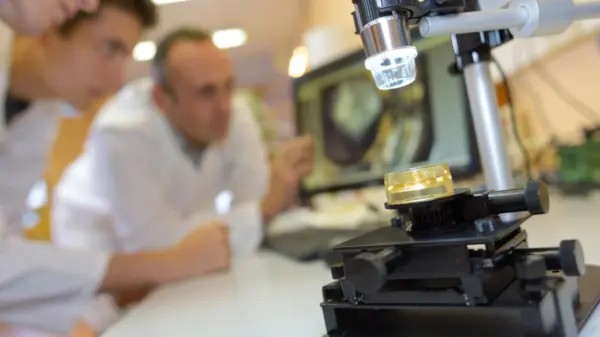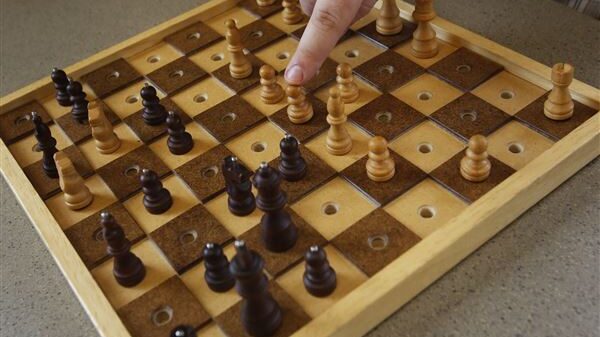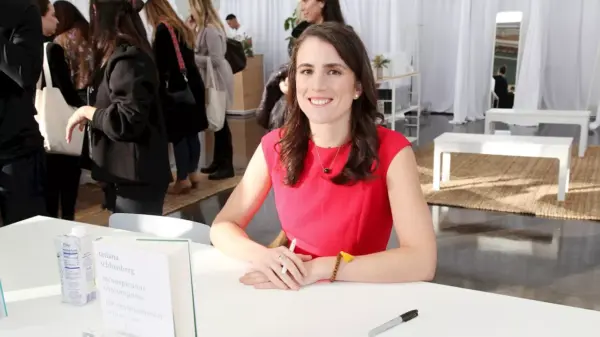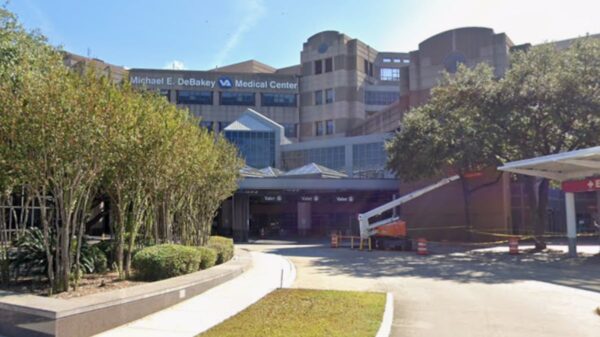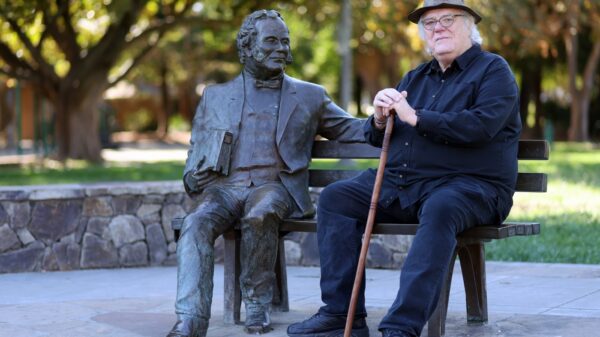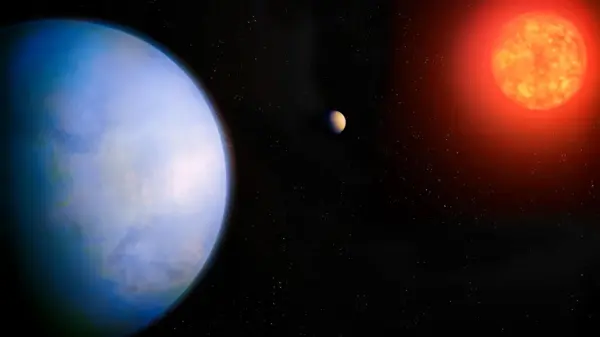In late September, Breck Parkman, a retired archaeologist with over 36 years of experience at California State Parks, shared insights into the rich history of the Bay Area while seated at a picnic table in historic Sonoma Plaza. At age 73, Parkman reflects on his career as a storyteller, using his extensive archaeological background to weave narratives that stretch back thousands of years.
Parkman’s work has involved piecing together the lives of early inhabitants of the region, examining artifacts and geological formations to reconstruct historical timelines. He emphasizes that these layers of history provide a deeper understanding of how people lived, from the era of General Mariano Vallejo, who established the plaza in 1835, to the prehistoric times when mammoths roamed the landscape. “You can see San Francisco Bay from here,” he noted, envisioning a time when the plaza served as a parade ground for Vallejo’s soldiers.
His fascination with the past extends to the Ice Age, particularly the Columbian mammoths that once traversed the area, which he describes as the “California Serengeti.” Despite retiring in 2017, Parkman remains active in sharing his knowledge through writing, lecturing, and producing YouTube videos that explore various topics stemming from his fieldwork.
Parkman’s career has also taken him to remote locations worldwide, including the Canadian Plains and the Australian Outback. He has contributed to significant archaeological discoveries, such as the recovery of 2,000-year-old mummified remains in Peru. Yet, the stories he has uncovered closer to home hold just as much significance for him.
After joining the state parks in 1981, Parkman managed cultural resources across over 70 parks in Northern California. He investigated early Paleo-Indian migration, the archaeological history of Fort Ross State Historic Park, and contemporary archaeology, including the lives of soldiers at Angel Island and the counterculture commune at Olompali State Historic Park.
One of Parkman’s notable projects was his examination of the Burdell mansion ruins in 2009, which were part of a communal living experiment during the 1960s. He detailed how several families, including those connected to the Grateful Dead, attempted to create a new lifestyle until the commune disbanded in 1969 after a devastating fire. His analysis of over 90 vinyl records discovered in the ruins revealed a diverse range of musical tastes among the residents, challenging stereotypes of the era.
Parkman’s passion for archaeology began in his youth in southern Georgia. He recalls finding Native American artifacts in plowed fields and being captivated by the early civil rights movement, notably an encounter with Martin Luther King, Jr. at a large gathering. These experiences shaped his desire to serve as a civil servant and later led him to pursue archaeology as a career.
Initially contemplating a path in medicine, Parkman shifted his focus to archaeology in 1971 after moving to the Bay Area. He earned both his bachelor’s and master’s degrees from what is now California State University, East Bay. His early work in San Diego County laid the groundwork for a career dedicated to uncovering the narratives of the past, which he believes are essential for understanding the present and preparing for the future.
Throughout his career, Parkman has emphasized the importance of revealing untold histories. One of his proudest moments was discovering shiny patches on rocks along the Sonoma Coast, which he believes were used by Columbian mammoths for self-grooming. This serendipitous find occurred during a field study on September 12, 2001, the day following the 9/11 attacks, when he and a colleague paused their work to reflect on the state of the world.
In addition to his archaeological pursuits, Parkman has been active in personal projects. He has chronicled his life with his late wife, Diane Askew, and their son, sharing a heartfelt tribute to Diane, who passed away in December 2021. He reflects on the impact of loss, drawing parallels between personal grief and the historical narratives he studies.
As he sat at the picnic table in Sonoma, Parkman spoke about the names and histories of the indigenous peoples who contributed to the area’s legacy. He organized plaques outside the mission to honor the Wappo, Patwin, Pomo, and Coast Miwok peoples who labored there, emphasizing the need to remember and acknowledge their contributions.
Through his storytelling, Parkman aims to bridge the gap between the past and present, urging others to consider the layers of life that exist in every place. His journey as an archaeologist continues to inspire a deeper appreciation for the narratives that shape our understanding of history and humanity’s place within it.





